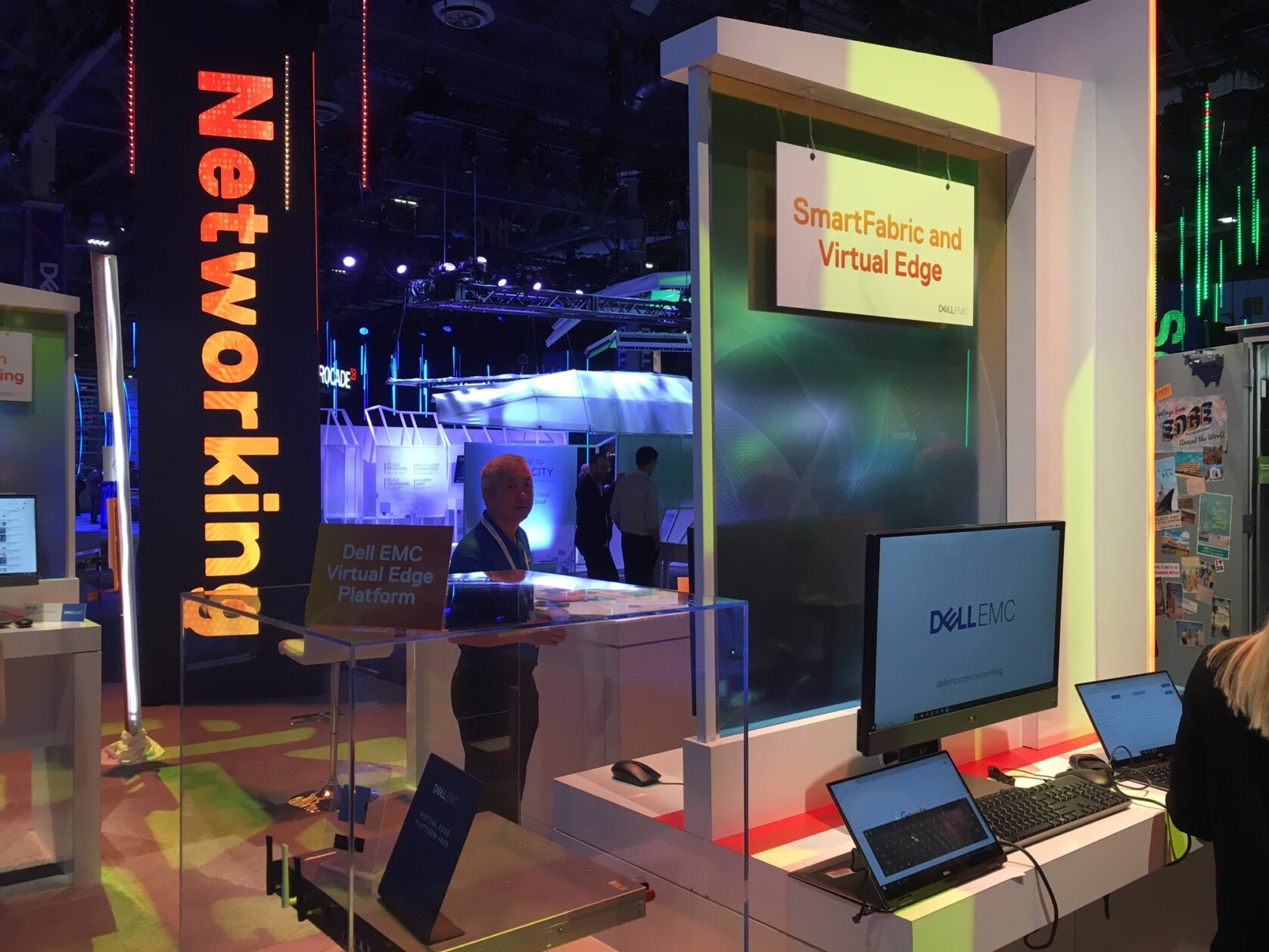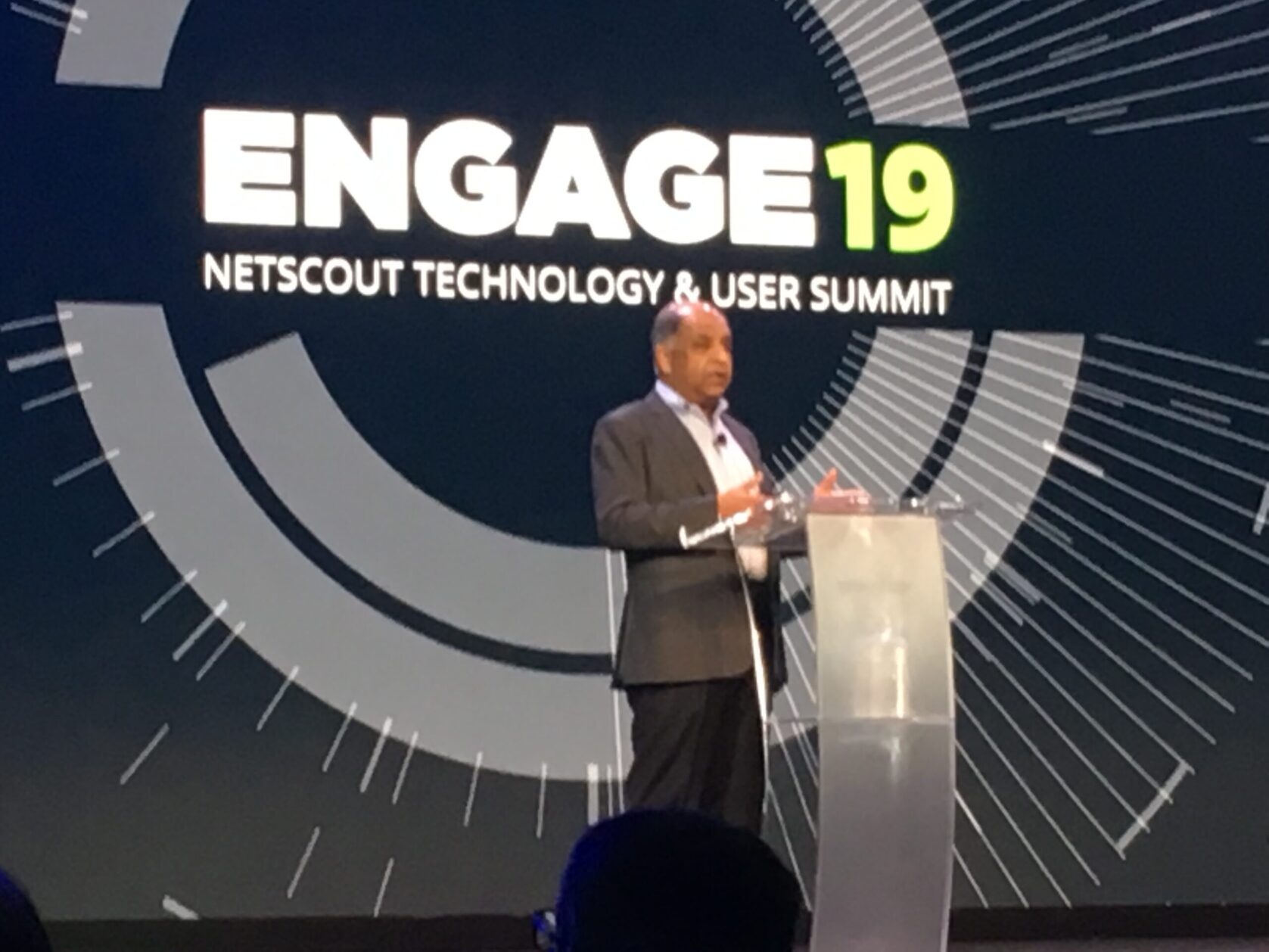 ESG and the Information Systems Security Association (ISSA) just published a third annual research report titled, The Life and Times of Cybersecurity Professionals. (See the latest version here.)
ESG and the Information Systems Security Association (ISSA) just published a third annual research report titled, The Life and Times of Cybersecurity Professionals. (See the latest version here.)
This year, we asked respondents to identify the most stressful aspects of a cybersecurity job/career. Here are the results:
- 40% of respondents said that one of the most stressful aspects of a cybersecurity career is keeping up with the security needs of new IT initiatives. So, the IT team is busy moving workloads to the cloud, deploying IoT devices, or writing new mobile applications, driven by new business initiatives. Unfortunately, the cybersecurity team often lacks the appropriate technical knowledge and must play catch up on understanding risks associated with changing business processes. This is a risky situation.
- 39% of respondents said that one of the most stressful aspects of a cybersecurity career is finding out about IT initiatives/projects that were started by other teams within the organization with no security oversight. Okay, take the previous scenario around keeping up with IT initiatives and throw in the element of surprise. Think about when a marketing executive announces, “We’ve decided to share sensitive customer data with a third-party that specializes in customer profiling and analysis. We started this project three months ago.” Now the CISO must figure out how to safeguard the data after the fact. Pretty darn stressful.
- 38% of respondents said that one of the most stressful aspects of a cybersecurity career is trying to get end-users to understand cybersecurity risks and change their behavior accordingly. Yes, most large organizations do security awareness training, but it’s treated as a check-box exercise only. Since people are a weak link in the security chain, most organizations don’t push cybersecurity education far enough, leading to a stressful work environment and big cybersecurity problems.
- 37% of respondents said that one of the most stressful aspects of a cybersecurity career is trying to get the business to better understand cyber-risks. I have good news and bad news here: The good news is that we are on the cusp of a new class of proactive risk management tools from vendors like Kenna Security, Rapid7, RiskLens, RiskSense, Tenable Networks, and others that can monitor and report on cyber-risk in real time. This class of technology will help CISOs and business executives make data-driven and timely risk mitigation decisions. The bad news is that too many companies still view cybersecurity as a necessary evil and really don’t care to better understand cyber-risk. Cybersecurity professionals working at this kind of organization should address job stress by simply moving on.
- 36% of respondents said that one of the most stressful aspects of a cybersecurity career is trying to keep up with the growing workload. There’s that pesky cybersecurity skills shortage again. Certainly, there are things that can be done here (technology integration, process automation, and managed services come to mind), but this is a societal issue that the public and private sector must deal with collectively.
The latest version of the ESG/ISSA research report is available for free download here. Your feedback is most welcome.

 Cybersecurity professionals are paranoid by nature. That’s not a bad thing, it’s a job requirement. We want our cybersecurity team to “think like the enemy” to discover and remediate vulnerabilities as rapidly as they possibly can.
Cybersecurity professionals are paranoid by nature. That’s not a bad thing, it’s a job requirement. We want our cybersecurity team to “think like the enemy” to discover and remediate vulnerabilities as rapidly as they possibly can.  I attended the Big 5G event in Denver Colorado last week. The show was well attended, with every session I went to, including keynotes, having standing room only. That is probably a good indicator of the level of interest in and even to a certain degree the level of hype surrounding 5G.
I attended the Big 5G event in Denver Colorado last week. The show was well attended, with every session I went to, including keynotes, having standing room only. That is probably a good indicator of the level of interest in and even to a certain degree the level of hype surrounding 5G.
 Finding the right metrics to measure the effectiveness of your security programs can be challenging and subjective. While most everyone can agree on the ultimate objective of preventing breaches, there is much discussion about how to objectively measure and report on the effectiveness of everything between your first dollar invested in security and your planned security investments for the coming year.
Finding the right metrics to measure the effectiveness of your security programs can be challenging and subjective. While most everyone can agree on the ultimate objective of preventing breaches, there is much discussion about how to objectively measure and report on the effectiveness of everything between your first dollar invested in security and your planned security investments for the coming year. When you think of US States exhibiting cybersecurity leadership, which ones come to mind? For me, I’d place Maryland at the top of the list, followed by CA, MA, VA, GA, and a few others. In my view, these states exhibit good efforts around cybersecurity innovation and public/private partnerships.
When you think of US States exhibiting cybersecurity leadership, which ones come to mind? For me, I’d place Maryland at the top of the list, followed by CA, MA, VA, GA, and a few others. In my view, these states exhibit good efforts around cybersecurity innovation and public/private partnerships. Dell Tech World kicked off in Vegas this week, capturing the attention of 15,000 attendees from over 122 different countries.
Dell Tech World kicked off in Vegas this week, capturing the attention of 15,000 attendees from over 122 different countries. Threat detection and response is hard and getting harder. According to ESG research, 76% of cybersecurity professionals claim that threat detection and response is more difficult today than it was two years ago, so this situation may only get worse in the future.
Threat detection and response is hard and getting harder. According to ESG research, 76% of cybersecurity professionals claim that threat detection and response is more difficult today than it was two years ago, so this situation may only get worse in the future. According to ESG research, 82% of cybersecurity professionals agree that improving threat detection and response (i.e., mean-time to detect (MTTD), mean-time to respond (MTTR), etc.) is a high priority at their organizations. Furthermore, 77% of cybersecurity professionals surveyed say that business managers are pressuring the cybersecurity team to improve threat detection and response.
According to ESG research, 82% of cybersecurity professionals agree that improving threat detection and response (i.e., mean-time to detect (MTTD), mean-time to respond (MTTR), etc.) is a high priority at their organizations. Furthermore, 77% of cybersecurity professionals surveyed say that business managers are pressuring the cybersecurity team to improve threat detection and response. NetScout recently held its Customer Event: Engage19 in Nashville TN. Situated in the Opryland hotel (now called the Gaylord Opryland), there were approximately 800 attendees from over 350 companies coming to hear about the latest from NETSCOUT, meet with key executives, and learn from technical experts.
NetScout recently held its Customer Event: Engage19 in Nashville TN. Situated in the Opryland hotel (now called the Gaylord Opryland), there were approximately 800 attendees from over 350 companies coming to hear about the latest from NETSCOUT, meet with key executives, and learn from technical experts.